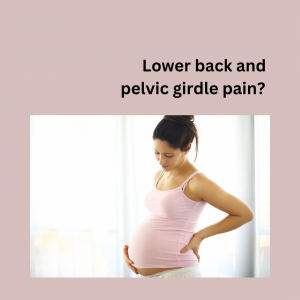
Research demonstrating the efficacy of reflexology is certainly insufficient but as I have said before, it is growing and becoming increasingly convincing. A randomised controlled trial, published in 2018 was set up to test the changes in physiological and biochemical stress in pregnant women who had given birth to one child. Sixty-one volunteers experiencing low back and/or pelvic girdle pain participated in the study, receiving either a) six reflexology or b) foot-bath treatments or c) their usual care.
The study measured levels of cortisol and beta-endorphin.
Cortisol is released in response to chronic, prolonged physiological and psychological stress such as pain and apprehension.
Beta-endorphin is released into the blood stream from the pituitary gland in response to episodes of acute pain and stress and is involved in reducing pain, the perception of pain and increasing pain threshold.
Primary outcome data also included pain intensity and frequency measured on a visual analog scale (VAS) and a clinically important reduction of 1.63 cm occurred for VAS pain frequency following reflexology.
While Beta-endorphin levels increased by 8.8% and 10.10% in the footbath and usual care groups respectively levels decreased by 15.18% for the reflexology group.
Cortisol increased by 31.78% for foot-bath participants, 31.42% in usual care and 18.82% in the reflexology group.
The conclusion was that reflexology during pregnancy may help reduce low back and/or pelvic girdle pain and associated stress, but it is still acknowledged that antenatal reflexology remains an under- researched area requiring further investigation.
I would encourage mothers-to-be to take a look at the study (https://www.sciencedirect.com/science/article/abs/pii/S1744388117303614?via%3Dihub) and if you are suffering from pain in the lower back and pelvic girdle area to consider finding a trained maternity reflexologist in your local area or get in touch with me and I can point you in the right direction.
